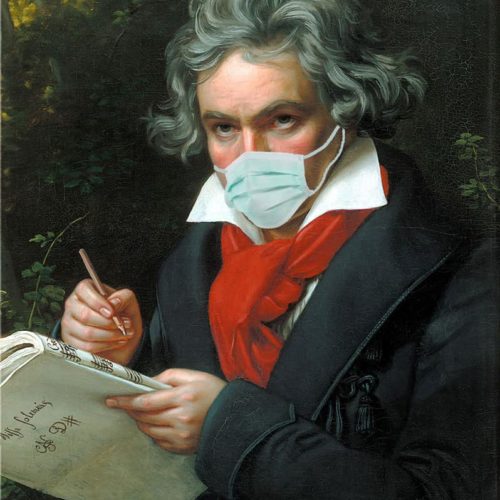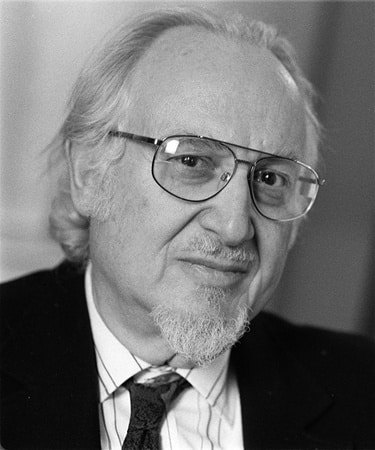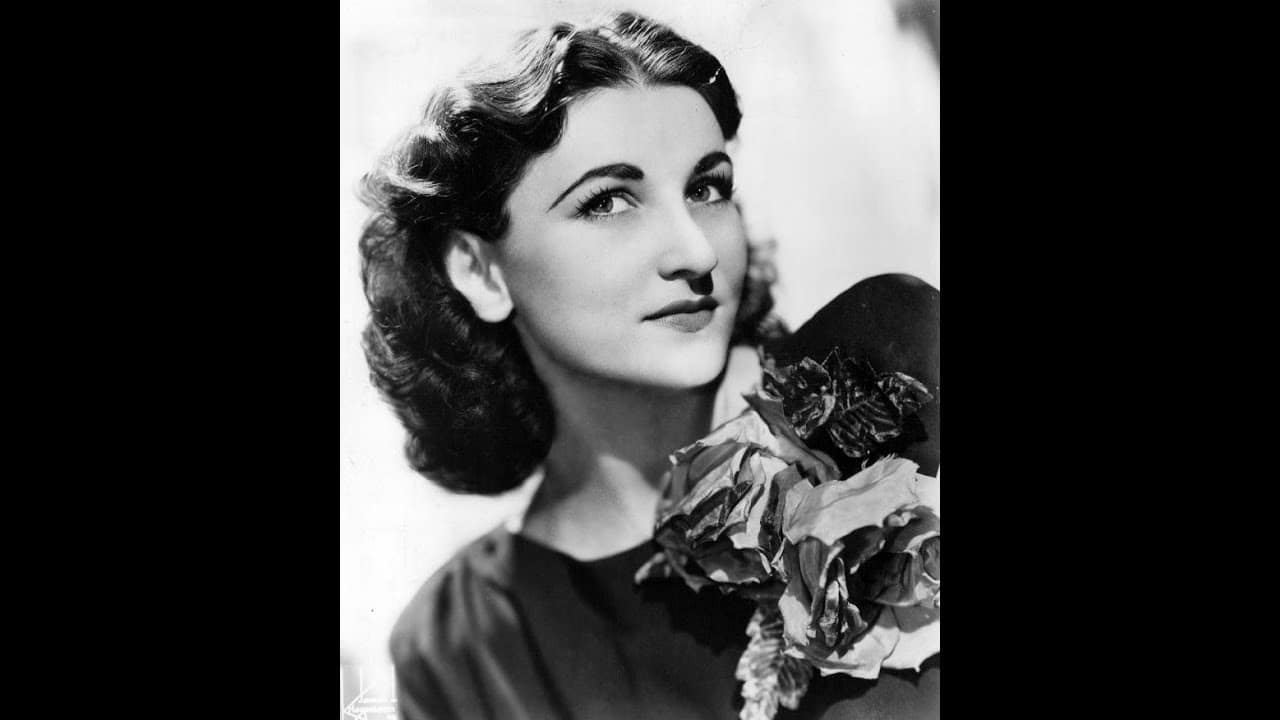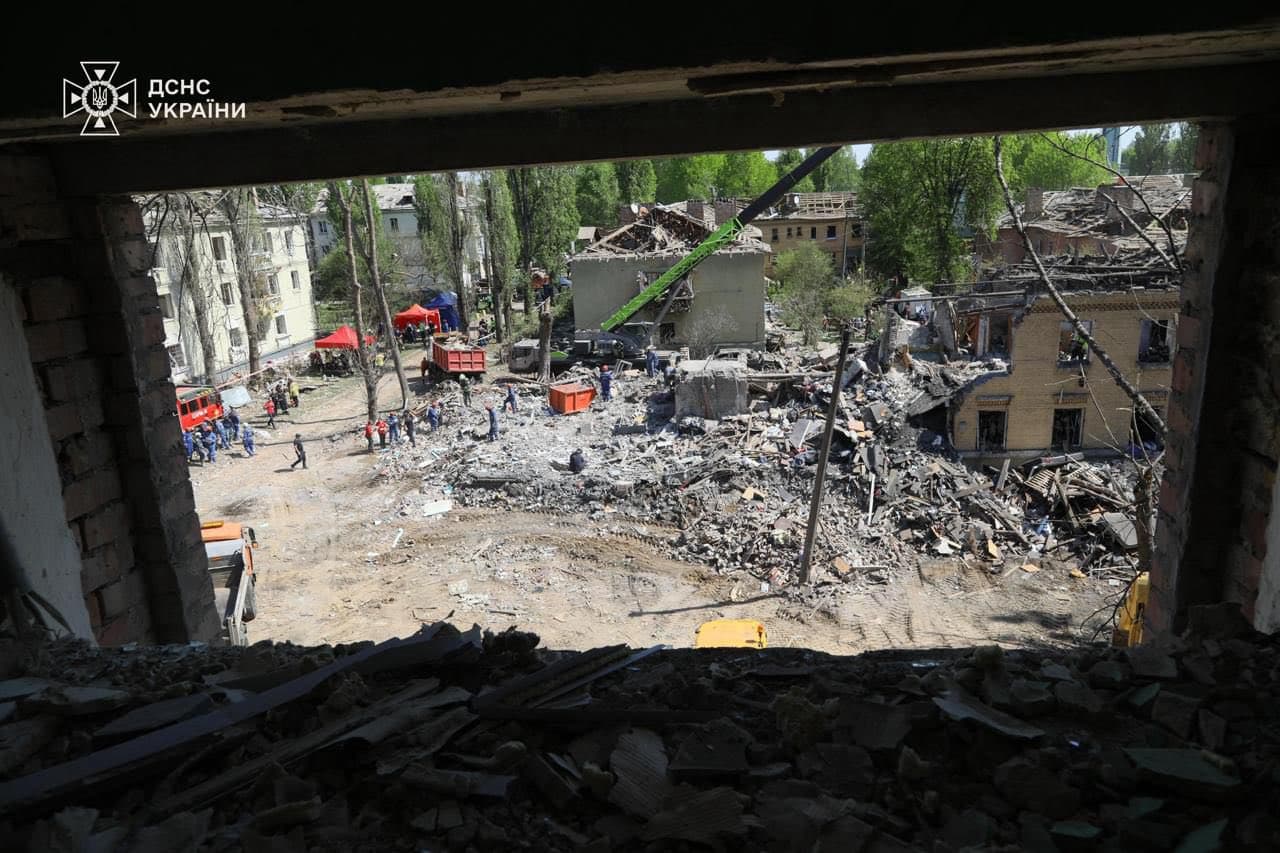Did Beethoven believe in God (2)?
mainWelcome to the 48th work in the Slipped Disc/Idagio Beethoven Edition
Missa Solemnis, opus 123 (1824)
Written around the same time and with the same forces as the ninth symphony – four vocal soloists, chorus and large orchestra – the Mass in D is light-years removed from Beethoven’s only previous Mass, the Mass in C. The architecture is stronger, the ambition higher, the communication more urgent, almost to the point of desperation. It’s as if Beethoven knows he has entered the final stretch of his journey and walks entirely alone in an unmapped land.
He received the commission in 1818 while at work on the Hammerklavier sonata (read more here), and composed some sections, on and off, while he was composing the ninth symphony. The ideas shared between the two works are so obvious that one to stand a pace back to remember that the two summits are opposite in their intent – one for the glory of God, the other for the untapped possibilities of mankind.
The Missa Solemnis is a dramatic work, more gripping in places than Beethoven’s opera Fidelio. It is also a work of outreach – ‘from the heart to the heart’, as Beethoven put it on his dedication page. In his fifties, lonelier than ever and in failing health, his yearning for human contact gives the Mass its universal message. That he took so long to write it is further evidence of his no-turning-back frame of mind. ‘I remember his mental excitement, wrote his friend Anton Schindler, ‘I must admit that never before and never since that time have I seen him in a similar state of removal from the world.’ At 80 to 90 minutes, it would be unendurably long were it not for its structural tautness.
A leading Beethoven scholar, Martin Cooper, calls the Missa Solemnis ‘a personal document without parallel in the history of music.’ The conductor Roger Norrington considers it ‘possibly the greatest piece ever written’. The first performance was given in St Petersburg on April 7, 1824, followed by a partial Vienna premiere a month later. Unlike the ninth symphony, the Mass in D has no political significance or designated space in the musical calendar. Performances are infrequent and each is a great occasion. The most momentous I have attended was a memorial concert to Herbert von Karajan at the Salzburg Festival.
Early recordings by Bruno Kittel (1928) and Serge Koussevitsky (1938) can be set aside on grounds of poor sound. Arturo Toscanini did not touch the work until he was in his 60s and the results are less convincing than his mastery of the ninth symphony, despite the soaring wonder that was the young Jussi Björling and the bottomless depths of Alexander Kipnis. Since you’re going to listen, go straight to the Agnus Dei. Zinka Milanov is stunning.
The abundance of great singers who converged on Vienna in the 1950s makes several mono recordings irresistible – Volkmar Andreae, for instance, with Teresa Stich-Randall, Hilde Rössel-Majdan, Julius Patzak and Gottlob Frick; or Karl Böhm with Maria Stader, Marijana Rade, Anton Dermota and Josef Greindl. A Stockholm excavation of Erich Kleiber conducting Birgit Nilsson and Jussi Björling is unmissable.
The first rounded performances were in stereo – Karajan from Vienna, Bernstein from New York. Karajan has a falutless, idiomatic grasp of the work and his singers – Elisabeth Schwarzkopf, Christa Ludwig, Nicolai Gedda, Nicola Zaccaria – are immaculate. His pacing is so impressive, no over-dramatising, no longueurs. For me, this is Karajan at his peak, before the peacock in him takes over.
Bernstein plays it by the book, and it’s not a book he got read at bedtime. There’s a hint of Broadway in some of the big numbers and a very large dose of Handel in the finale, none the worse for that. The soloists are almost top-drawer – Carol Smith, Richard Lewis, Eileen Farrell, Kim Borg – but they get swamped by the Westminister Choir. Bernstein’s subsequent recordings lack the fizz of this effort.
Many swear by John Eliot Gardiner in this work; I’m more inclined to swear at him. Try as I might, I canlt find a coherent line among Gardiner’s sometimes fascinating impulsiveness. His second attempt, in 2012, is even jerkier. For a considered, historically informed reading, stick with the reasoned, consensual Norrington or the devout, organic Harnoncourt.
Georg Solti in Chicago conceives the mass as a struggle between life and death, drawing interpretations of heavenly tenderness from his singing quartet – Lucia Popp, Yvonne Minton, Mallory Walker and Gwynne Howell. Solti is sometimes criticised for unevenness of line, but here he is a master bricklayer, building a great mansion.

Not to be ignored in the Missa Solemnis is Beethoven’s debt to Georg Frideric Handel, especially to Messiah of which he made a special study before composing the Mass. Some of the influence is overt. In the concluding Dona nobis pacem you will hear the unmistakable tune of ‘And He shall reign forever and ever’ from the Hallelujah Chorus. Other Handel citations can be traced in the Gloria. Beethoven named Handel on several occasions as ‘the greatest composer that ever lived’, saying he ‘would uncover my head, and kneel down at his tomb.’ He also referred to the Missa Solemnis as ‘the greatest work that I have composed thus far.’
It is Handel’s temperate influence that tones down the Missa Solemnis from high-church Austrian Catholicism to a more unifying message and raises it to a high plateau of cooperation across musical generations, a place above mere doctrinal divisions.
The expert Handelian Colin Davis conveys this connection better than most in his 1977 London Symphony recording with Anna Tomowa-Sintow, Patricia Payne, Robert Tear and Robert Lloyd as soloists, let down by a slightly underwhelming chorus in the cavernous Walthamstow Town Hall.
So, coming down to final choices, I’d put the early Karajan and Bernstein in the bag, along with Norrington and Solti. A 2015 Bernard Haitink concert from Munich should also command your attention. It is the distillation of a liftetime’s Beethoven performance with a crop of modern singers who can hold their own with the best – Elisabeth Kulman, Genia Kühmeier, Hanno Müller-Brachmann and Mark Padmore.






Comments